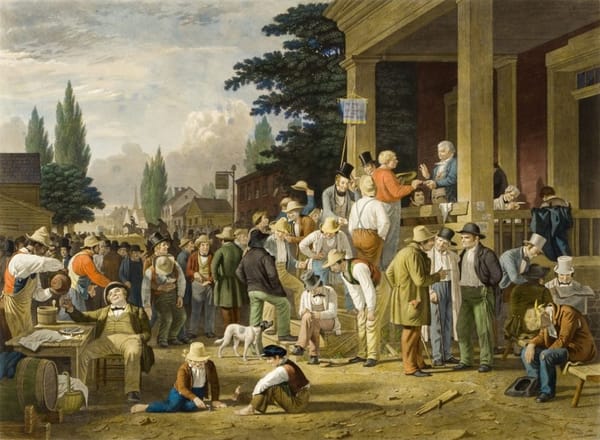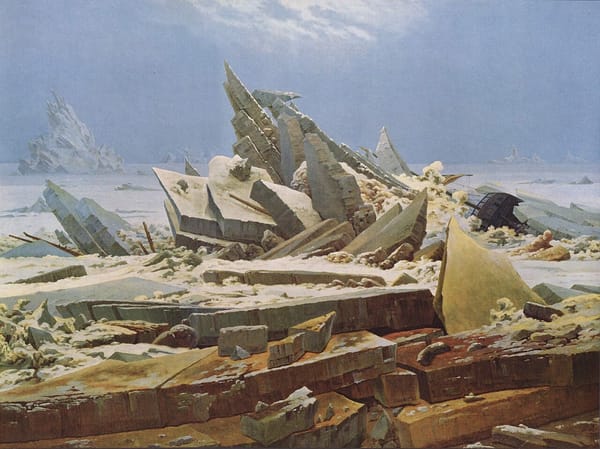The Summer Without a Song

What a “brain-rot summer” tells us about shared meaning, pluralism and democracy.
In August 2025, Business Insider christened the season “brain-rot summer”: no runaway blockbuster, no dominant fashion note, and—tellingly—no “song of the summer.” Culture felt squishy, individualized, algorithmically sliced. The verdict named a discomfort many felt but couldn’t quite diagnose.
At Concordia Discors we started wondering about that absence: what does a democracy look like when its summer has no soundtrack?
Even the Washington Post’s wry account of the non-anthem points to this - What was the song of the summer? You’ll never, ever guess the correct answer. And if any tune approached ubiquity, it wasn’t new at all. A Jet2Holidays commercial revived Jess Glynne’s 2015 “Hold My Hand,” which TikTok users repurposed—first ironically, then earnestly—into the season’s accidental earworm. By late August, The Washington Post could nominate not a full song but the first few seconds of that chorus as the only plausible “song of the summer.” The year’s most “shared” sound was recycled, memefied, and propelled by platforms rather than radio programmers.
We tend to remember monoculture fondly: the summers when an anthem felt inescapable and everyone—at least everyone we knew—seemed to hum the same hook. But monoculture was always incomplete, never evenly distributed across class, race, or region. Its power was real, though: a hit could become a shared reference point, a piece of civic glue. The paradox today is the mirror image. We are richer in voices, styles, and scenes than ever, yet poorer in cross-cutting references.
If we don't watch TV together, can we still live together? - titled a Financial Times article
On supply, the abundance is undeniable: Luminate estimated an average of 120,000 new tracks hitting streaming platforms every day in 2023—an escalation that makes any single song’s total dominance statistically less likely. On demand, however, audiences remain conservative: “catalog” (older) music continues to anchor listening. Television shows a parallel transformation. Longstanding fixtures such as Doctor Who or Coronation Street now reach a fraction of the audiences they commanded in the broadcast era. Even the Financial Times has framed this as a civic question titling an article If we don't watch TV together, can we still live together?
Classic democratic theory gives us a vocabulary for this unease. Alexis de Tocqueville argued that democracies depend on mores—habits, sentiments, tacit understandings that law alone cannot manufacture. In the broadcast era, a handful of chokepoints (three TV networks, a few national radio programmers) cultivated such habits by default. In the platform era, meaning is made laterally: clipped, remixed, recirculated by users as well as institutions. Media scholar Henry Jenkins calls this “convergence culture”—“where old and new media collide, where grassroots and corporate media intersect, where the power of the producer and the power of the consumer interact in unpredictable ways.” The Jet2/Jess Glynne loop is precisely that: advertising reborn as participatory culture, then re-encoded as a seasonal in-joke.
Still, “fragmentation” is subtler than the alarmists suggest. A widely cited study by James G. Webster and Thomas B. Ksiazek, which tracked audiences across 236 media outlets, found that people do not simply retreat into isolated bubbles. Instead, there is high audience duplication: viewers and listeners overlap across multiple platforms. In other words, even as individuals customize their diets of news, music, or entertainment, they still cross paths in the media landscape. These overlaps may be thinner and more fleeting than in the broadcast era, but they are not insignificant. They form small but recurring pockets of shared experience—like intersecting circles in a Venn diagram. The challenge for democratic culture is to recognize and cultivate those intersections, ensuring they become spaces where common talk and mutual recognition can still take root.
This helps clarify what felt uncanny about Summer 2025. The anxiety wasn’t simply that “nothing lasts.” Some things do last—just not the same things for the same people at the same time. The deeper concern is whether the overlaps are thick enough to sustain democratic conversation. Shared culture has long done quiet political work: it eases small talk between strangers, supplies metaphors for public life, and builds trust through repeated, low-stakes recognition. When the cadence of those shared moments slackens, disagreement becomes a little harder—not because we think differently (we always have) but because we share fewer points from which to begin.
It would be easy to prescribe a return to the old monoculture. That, too, would be a mistake. Pluralism is not a failing to be cured; it is democracy’s core demand. The aim is not to revive a uniform soundtrack, but to keep enough cross-pressure—enough duplication, enough recurring rituals—that our many refrains can still be argued into common life.
Democracies need both the protection of diversity and some widely shared memories. The paradox is inescapable.
So the 2025 hook is not that culture died. It’s that we felt the loss of a simple signal that once told us, briefly, we were in the same season together. We can call that nostalgia, and it is. We can also call it a civic intuition: that democracies need both the protection of diversity and some widely shared memories. The paradox is inescapable. Too much monoculture flattens difference; too much dispersion starves coherence. The work of democratic culture is to live inside that tension.
At Concordia Discors, this summer’s silence—no anthem—became a question we now carry forward. If a season without a shared song is the new normal, what fills the space where common memory used to gather? So without a summer song… can democracy...?

--





